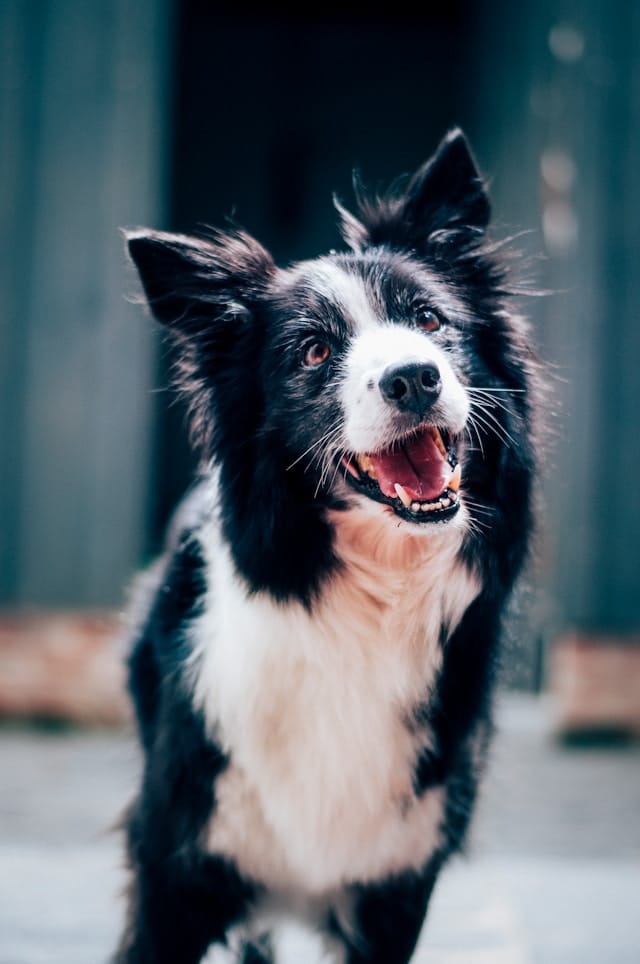Hip dysplasia is a crippling condition that affects many dogs, impacting their mobility and overall quality of life. It is a degenerative condition that affects the dog’s hip joint, causing pain and difficulty in movement. A dog with hip dysplasia requires special care, including a specific exercise routine that helps maintain joint mobility without causing additional pain. Low-impact exercises are particularly beneficial as they gently work the muscles and joints without adding undue stress. Here, we will explore the best low-impact exercises to keep your dog active, healthy, and comfortable despite their condition.
Regular Short Walks
When it comes to exercise for dogs with hip dysplasia, short, regular walks can have a big impact. Walking is a low-impact exercise that can help strengthen your dog’s muscles and maintain their joint flexibility.
This might interest you : How to Train an English Bulldog to Perform Basic Commands Without Overexertion?
However, it is crucial to note that the walks should be short and regular, as overexertion can lead to increased pain. Aim for multiple short walks throughout the day, rather than one long walk. This approach allows your dog to exercise in manageable chunks without straining their hips. Consider taking your furry friend for a 10 to 15-minute walk around the neighborhood, in the park, or even just in your backyard.
Also, keep in mind that walks should be on a leash to maintain control of your dog’s speed and prevent sudden motions that could strain their hip joints. The pace should be gentle and adjusted to your dog’s comfort level to ensure their walk remains a pleasant exercise rather than a painful chore.
Have you seen this : How to Choose the Right Flea Treatment for a Sensitive-Skinned Cat?
Weight Management
While not an exercise per se, weight management plays a significant role in managing a dog’s hip dysplasia. Excessive weight puts additional stress on your dog’s hips, exacerbating their condition.
Diet plays a key role in weight management. Monitor your dog’s food intake, ensuring they receive a balanced diet that meets their nutritional needs without causing weight gain. Consult with a vet for dietary advice tailored to your dog’s specific needs and condition.
In addition, regular low-impact exercises will help keep your dog’s weight in check. Swimming, for instance, is an excellent exercise that allows your dog to burn calories without putting undue stress on their hips.
Swimming and Hydrotherapy
Swimming is an incredibly beneficial low-impact exercise for dogs with hip dysplasia. The buoyancy of the water supports the dog’s weight, significantly reducing the impact on their joints. Therefore, swimming can help improve your dog’s muscle strength and joint flexibility without causing them discomfort.
Hydrotherapy, which involves guided exercises in water, is also an excellent option. Under the supervision of a trained professional, your dog can perform specific movements that target their hips and surrounding muscles, promoting mobility and reducing pain.
However, not all dogs are natural swimmers, so it’s essential to introduce swimming gradually and always supervise your dog while they’re in the water. Make sure the water is not too cold to prevent muscle stiffness, and avoid deep water that could cause your dog to panic.
Gentle Play
Play is a natural form of exercise for dogs, and with a bit of creativity, it can be adapted to suit dogs with hip dysplasia. Gentle play that involves low-impact movement can help your dog maintain their mobility, strengthen their muscles, and provide mental stimulation without causing excessive strain on their hips.
Try engaging your dog in a slow game of fetch, using a soft toy that won’t bounce too high or roll too far. This will encourage your dog to move without jumping or running. Tug-of-war can also be a good option, as it causes your dog to use their hind muscles without putting impact on their hip joints.
Physical Therapy and Massage
Physical therapy and massage are valuable tools for managing hip dysplasia in dogs. A professional canine physical therapist can guide your dog through specific exercises designed to improve joint mobility and muscle strength, while also relieving pain.
Massage, on the other hand, can help reduce muscle tension and promote relaxation. This not only alleviates pain but also improves your dog’s overall well-being. Regular physical therapy and massage can significantly improve your dog’s quality of life, making these options worth considering.
In conclusion, hip dysplasia can be a challenging condition for both dogs and their owners. However, with the right approach to exercise, it’s possible to manage this condition and maintain your dog’s mobility and quality of life. Remember, the goal should always be to provide your dog with gentle, low-impact exercises that benefit their physical health without causing them discomfort or pain. Always consult with a vet or a canine physical therapist to ensure your exercise plan is suitable for your dog’s specific needs and condition.
Underwater Treadmill
An underwater treadmill is an innovative method of exercise that has shown significant results in managing hip dysplasia in dogs. This machine allows your dog to walk or run while submerged in water, reducing the impact on their hip joints due to the water’s buoyancy.
First introduced in the field of canine rehabilitation, underwater treadmills are now widely used to help dogs with hip dysplasia improve their range of motion, muscle strength, and overall fitness without causing unnecessary strain or discomfort. The water’s resistance provides an effective workout for your dog, while the warm temperature can help relax their muscles, further reducing pain and discomfort.
When using an underwater treadmill, your dog will be supervised by a trained professional to ensure their safety and the effectiveness of the exercise. The intensity and duration of each session will be adjusted according to your dog’s condition and tolerance. Remember, the aim is not to exhaust your dog but to help them stay active and manage their hip dysplasia symptoms effectively.
Beginning the use of an underwater treadmill should be a gradual process. Start with short sessions and slowly increase the duration as your dog’s endurance improves. Always consult with a vet or a canine physical therapist before introducing this kind of exercise regimen to ensure it’s right for your pet’s condition.
Ball Therapy
Ball therapy is another beneficial low-impact exercise for dogs with hip dysplasia. Here, an exercise or stability ball is used to help your dog maintain balance and strengthen their core and hip muscles.
In a typical ball therapy session, your dog is encouraged to balance on the ball with their front paws while standing on their hind legs on the ground. This exercise engages the hind leg muscles, notably around the hip joint, enhancing muscle mass and strength without straining the joint.
With ball therapy, it’s important to ensure the ball size is appropriate for your dog. The ball should be stable and secure to prevent any risk of injury. As with any new exercise, introduce ball therapy gradually and always supervise your dog during the sessions.
Conclusion
Living with hip dysplasia can be challenging for dogs, but it doesn’t have to mean a life of inactivity. With the right approach to low-impact exercises, it’s possible to help your dog maintain a good quality of life. Regular short walks, swimming or hydrotherapy, gentle play, underwater treadmill sessions, and ball therapy can all contribute to keeping your dog active and comfortable.
These exercises not only help strengthen your dog’s hip joints and improve their range of motion, but they also play a key role in weight management. By keeping your dog’s weight in check, you can further reduce the stress on their hips and manage the symptoms of hip dysplasia more effectively.
Always remember to consult with a vet or a canine physical therapist before introducing any new exercises. These professionals can provide you with advice tailored to your dog’s specific needs and condition, ensuring your furry family member gets the best possible care. With diligence, patience, and lots of love, you can make a significant difference in your dog’s life, even with hip dysplasia.






